The COVID-19 pandemic has upended the lives of billions of people around the world. For many parents with young children in the United States, shelter in place orders implemented in different areas over the past few weeks mean they now spend each day balancing work with taking care of their families. For child care providers, a vital but often underappreciated part of the American economy, the crisis means dealing with economic uncertainty, but also adapting to serve new roles, including providing care for essential workers.
Child care startups, including home-based daycare networks, apps for finding child care, and benefits and business management software, are working hard to help families. For example, many are using their technology to connect essential workers with carers or provide emergency child care, helping providers navigate government aid programs and, in some cases, raising their own relief funds.
TechCrunch talked to nine U.S.-based child care startups–home daycare and preschool networks Wonderschool, NeighborSchools, WeeCare and MyVillage; Winnie, Komae and Helpr, all apps for arranging child care; and enterprise software companies Kinside and Kangarootime–to see how they are dealing with the impact of COVID-19.
Child care for essential workers
Many of the child care startups TechCrunch spoke to are now focused on helping people in jobs classified as essential during shelter in place orders, including healthcare, emergency responders and grocery store workers. Several of them are adapting their platforms or services to serve those families more quickly, while balancing their urgent need for care with COVID-19 safety precautions.
For example, Winnie, a platform for finding verified child care providers throughout the United States, is collecting and updating data in real time about which providers are temporarily closed, and which ones have availability, says founder and CEO Sara Mauskopf. This week, Winnie launched a portal for parents to find emergency child care with immediate openings.
Kasey Edwards, the founder and CEO of Helpr, an app that connects parents with screened babysitters, said it is working with families of essential workers to help them afford child care. Helpr’s “Out-of-network” feature allows families to add their own care providers to the platform and manage backup care subsidies from their employers.
Meanwhile, Komae, an app that enables groups of families to create babysitting cooperatives and swap care with one another, is offering free care credits and working with seven healthcare organizations to coordinate child care for their workers, said founder and CEO Erin Beck.
The babysitting circles on Komae are private, “which means families from one organization can insulate their caregiving strictly among themselves, getting the care they need without risking exposure to the community at large (like our grandparents or other traditional caregivers),” Beck said. The app currently recommends that users “buddy up” with just one or two other families for their care group.
In some places, small in-home care providers have been allowed to stay open, said Chris Bennett, the co-founder and CEO of Wonderschool, a network of home-based child care and preschools in states including California, New York and Texas.
“Repeatedly, we are seeing county officials allowing small in-home childcare operators to continue to operate, thus providing support for these critical workers under shelter in place orders,” he said. “Our programs have now entered into a critical support role that larger preschools cannot support at this time.”
Jessica Chang, the co-founder and CEO of WeeCare, another network of in-home child care providers, said the company is “adjusting its support each hour and taking into account the changing protocols in each county. In certain areas such as Northern California and New York City, our providers are changing how they support their community. Instead of caring for children who attend their daycare regularly, they are now caring for children of first responders and essential workers.”
In Massachusetts, Governor Charlie Baker ordered all early child care centers closed starting on March 23. The only centers currently allowed to operate in the state are Exempt Emergency Child Care programs, intended for essential workers and opened by the Department of Early Education and Care (EEC).
As a result, Boston-based NeighborSchools, which partners with home child care providers, closed all its centers to comply with the order. Co-founder and CEO Brian Swartz said some of NeighborSchool’s provider partners are applying to provide emergency child care for medical professionals, first responders and vulnerable populations. The startup is currently helping providers figure out regulatory requirements and putting together guidance for using government aid. It is also communicating with the EEC’s leadership to offer full access to its platform.
“While we never envisioned this scenario, the tech we’ve built for our network is uniquely well suited to automatically match families to child care programs in real-time,” said Swartz. “In child care scheduling, we need to account for each child’s date of birth, the family’s care schedule and the licensed capacity of each program within age range. Our team is ready to drop everything and make this happen if the EEC asks for our help.”
On-demand services
Startups are also helping other parents find short-term or emergency child care. Some have launched online services, like digital playdates, to help families balance working from home and their family lives.
MyVillage, a network of home-based care providers in Colorado and Montana, is seeing “an influx of interest from families who are looking for temporary care and/or short-term placement due to large child care centers closing and school districts closing,” said co-founder and CEO Erica Mackey. The company is currently working on a short-term placement solution for families in select MyVillage programs who need child care.
To help parents navigate the sudden collision of their work and home lives, Komae and Helpr both started offering online services. Helpr launched online music lessons and tutoring for families on its platform, while Komae is facilitating digital playdates. This means parents use the app to schedule video calls with their children’s friends.
“I never imagined my toddler could be so entertained by her friends on a computer screen, but they amazingly go an hour showing each other their toys and silly faces,” said Beck. “That social connection, for all of us, is so essential.”
Safety and support

Child washing hands
Safety compliance is always a priority for child care providers, but it is especially critical during this time. In addition to following CDC guidelines to prevent the spread of COVID-19, many companies have also enacted safeguards of their own. Some are also implementing financial support programs to help care providers who are forced to close because of illness.
For example, Beck published a letter on Komae’s site on March 12, hours before Ohio became the first state to close schools, asking families on the app to immediately stop swapping child care.
“It was one of the hardest decisions I have ever had to make as a founder, because as a parent myself, I was painfully aware of how desperate these families would be for both care and companionship,” Beck said. “But ‘adhering to social distance’ was not a given then like it is now; we had the responsibility as a leader of this vast community to be firm with what needed to be done.”
Taking steps like helping parents who work with healthcare organizations find care and launching digital features has allowed Komae to maintain its community, she added. “We knew Komae had the tools to make that happen, so with social distance at our core, we adapted for insulating or digital caresharing.”
As a safety precaution, WeeCare developed a feature to monitor caregivers for fevers, using a function already in its app that allows them to take photos and videos of children throughout the day and tag activities. The technology was adapted so providers can submit a video of themselves taking their temperature with a thermometer each morning. Once the video is verified by the WeeCare team, the provider receives a badge on their listing that says “Health Status: Fever-Free,” with the date of the verified reading.
Chang says the feature “allows providers to take more proactive measures, as recommended by the CDC, to ensure the health and safety of our community.”
Several companies are also providing financial programs to help their providers who are forced to shut down and ensure they don’t feel compelled to work even when sick. For example, MyVillage raised additional funding to allow the 60-plus open programs in its network to continue earning their projected income into April. Mackey says that so far, two anonymous funders have contributed.
“Many of our educators don’t have the safety net needed to stop working, so we want to help them stay open so long as it’s safe,” says Mackey. “If parents are exposed or infected and subject to quarantine, our relief funding provides a subsidy to cover 11 of the 14 days of the child’s tuition until he or she can safely return to class.”
Helpr launched a paid sick leave policy for babysitters on its platform after the first known cases of COVID-19 in the U.S. Sitters are also informed of any sickness in a home through a mandatory disclosure from the family in Helpr’s app when they book an appointment.
A few days after TechCrunch spoke to Wonderschool, Bennett announced that the company had been forced to lay off team members because of the crisis. Before the announcement, Bennett told TechCrunch that if a Wonderschool care program is forced to shut down because a child, parent or provider shows symptoms or tests positive for COVID-19, the company will draw on its network to help its other families find another carer in their area. For financial support, Wonderschool is monitoring state and federal relief policies for businesses.
“These crisis funds will be key in ensuring that in-home providers who have shut down temporarily are available to parents again once people return to work,” he said.
Enterprise software
For startups that build enterprise and management software related to child care, the pandemic creates a different set of challenges.
Genevieve Carbone of Kangarootime, business management software for child care providers, said that many of its customers have been relying on its messaging feature to keep families updated on rapidly changing regulations. Its software also enables “low contact,” for example by allowing information to be passed to parents digitally instead of on paper handouts, in-app check-in and check-outs, and online payments.
“We’re keeping a very close eye on the impact the virus will have on businesses further down the road and how we can better support our customers once the pandemic passes,” said Carbone. “Improving billing for agencies/subsidies is something we have explored, assuming there may be an increase in families that will need government subsidies to cover their childcare.”
Kinside, whose software helps employees manage family care benefits and find daycares, has seen a 60% decline in incoming parents because of shelter at home mandates and social distancing, said co-founder and CEO Shadiah Sigala. Thousands of daycares in its network have also shut down.
Even places that are not currently under shelter in place orders have seen a drop in parents searching for immediate care because they know “it’s likely only a matter of time before all states invoke similar measures,” she added.
But Kinside is helping essential workers find childcare and has also recently begun working with human resources at hospitals and grocery chains on its platform to “offer white glove child care support to their employees.”
After the pandemic
Daycare and school shutdowns have forced families to change their routines under extraordinary and difficult circumstances, and the situation is highlighting the value of caregivers to the economy and the well-being of families. At the same time, it also underscores how vulnerable many providers are, with few safety nets.
Mackey says that MyVillage was created to address structural problems in child care that have existed for a long time “It was tough to make it as a child care provider before this pandemic, and now, it’s even harder. More than 40% of family home child care businesses nationally report that they couldn’t make it two weeks without revenue from having children in care,” she said, adding that MyVillage was created to help fix “America’s deeply broken child care market, which doesn’t work well for educators, who earn on average $11.50 an hour, or for working parents, who pay more than public university tuition for child care in a majority of states.”
Sigala said “the pandemic has exposed the essentiality of child care in the everyday working lives of Americans, and the overall economy. More of our jobs may be fit to support work from home. But they are certainly not fit for work from home with kids.”
After the pandemic is over, many parents may find it difficult to re-enroll their kids with the same care provider or need to find new options that are more financially manageable for them, she added. Kinside currently works with thousands of employers, as well as daycare centers that can add up to one million child care slots. The company plans to offer deep discounts or free access to Kinside to companies while they recover from the crisis.
“We predict company executives will return to running their companies with more empathy than ever,” said Sigala. “They, too just experienced the complete lack of child care infrastructure (perhaps for the first time); a problem that many of their employees face on a daily basis. We are ready to engage with heads of HR and key executives with resources and consulting gratis.”

https://ift.tt/2vS2LgO How child care startups in the U.S. are helping families cope with the COVID-19 crisis https://ift.tt/2Ji21Vx
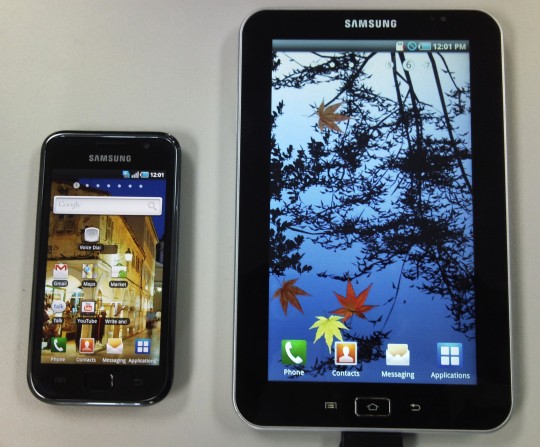





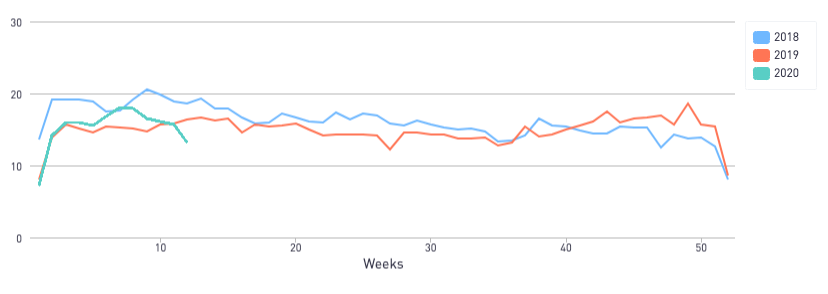
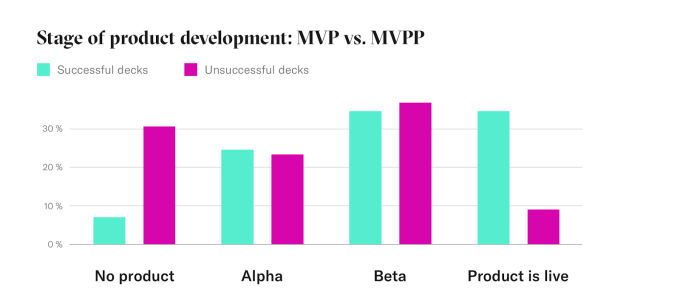
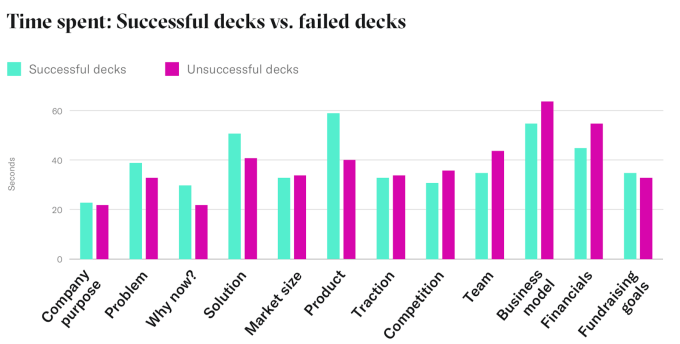
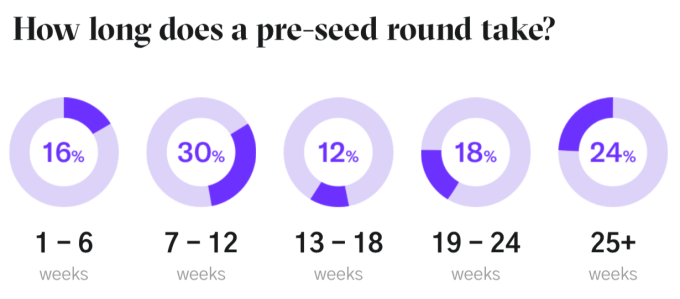
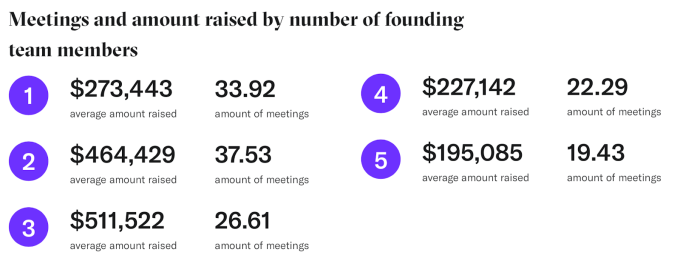


 about
about 














